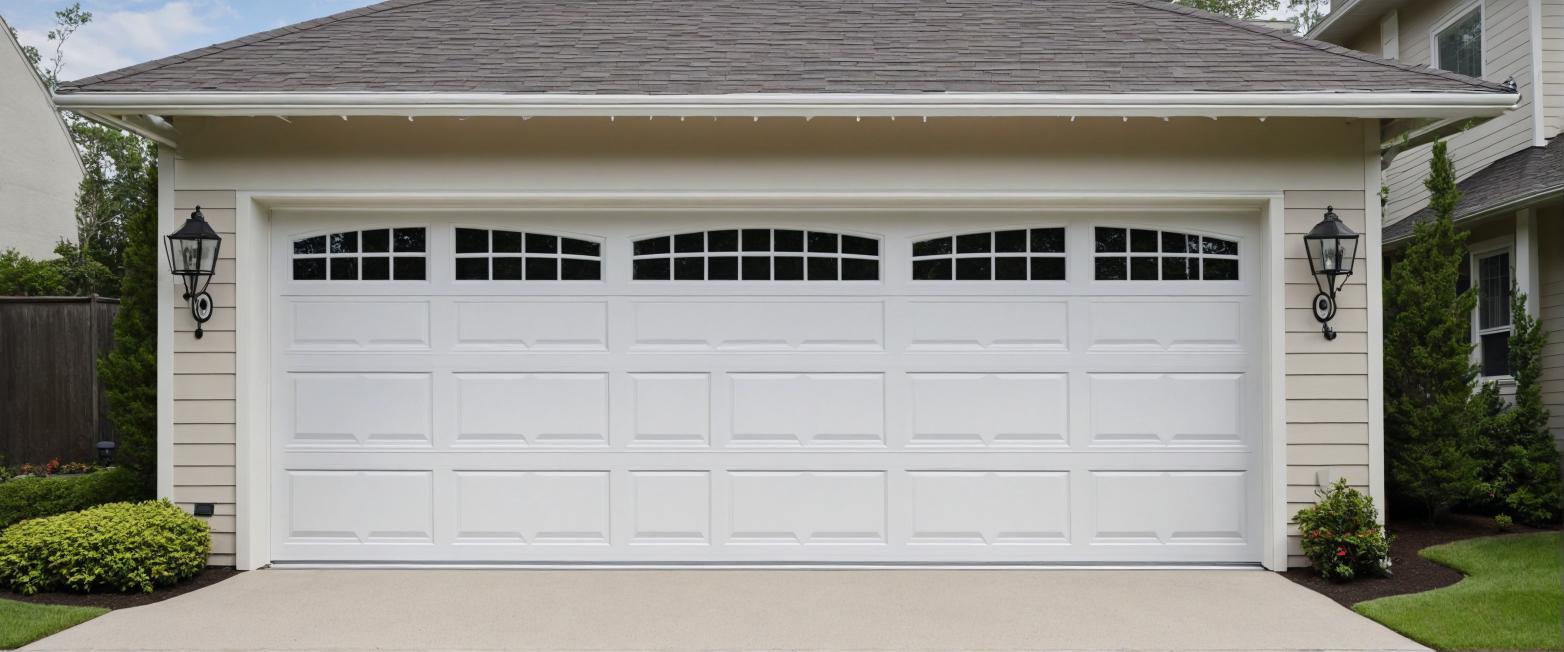
Contents
As you navigate the intricate mechanisms of your garage door spring, starting on a DIY spring replacement journey can be akin to revealing a hidden puzzle box with caution and precision. However, before you begin this task, there are essential tips that can make this process smoother and safer for you. From understanding the proper tools required to knowing which type of spring you have, each step plays an important role in ensuring a successful replacement. Stay tuned to discover the indispensable tips that will empower you to tackle this project with confidence and efficiency.
Key Takeaways
- Identify the correct spring type (extension or torsion) before starting.
- Secure the garage door in an open position to prevent closure accidents.
- Release tension in old springs carefully to avoid injuries.
- Install new springs in the same position and orientation as the old ones.
- Double-check all connections and components before testing functionality.
Safety Precautions
Safety precautions are absolutely vital when replacing garage door springs. Spring safety is paramount to preventing injury and ensuring a successful DIY project.
Before starting, make certain to disconnect the power to the garage door opener to avoid any accidental activation. Additionally, confirm that the door is in the closed position before beginning work on the springs.
To prevent injury during the replacement process, always wear protective gear such as safety glasses and gloves. These items will shield you from any potential flying debris or accidents that may occur.
It’s also essential to use a sturdy ladder and have a helper present to assist with holding the ladder or providing tools when needed.
When dealing with garage door springs, never attempt to repair or replace them if you’re unsure of what you’re doing. It’s always best to consult a professional if you’re uncertain about the process.
Proper Tools Needed
Having the proper tools is vital to ensuring a successful DIY garage door spring replacement project. There are two main types of garage door springs: extension springs and torsion springs. When it comes to replacement types, it’s essential to make certain you have the right tools for the specific spring you’re working with.
For extension springs, common tools needed include safety cables, vice grips, winding bars, and a ladder. On the other hand, for torsion springs, you’ll need tools such as winding bars, a socket wrench set, a sturdy ladder, and vice grips.
When working with garage door springs, safety should always be the top priority. Make sure to wear safety goggles, gloves, and closed-toe shoes to protect yourself from potential injuries.
It’s also important to use tools made of durable materials to handle the tension of the springs. For spring materials like galvanized steel or oil-tempered springs, make certain your tools are of high quality and in good condition to prevent accidents during the replacement process.
Understanding Torsion Springs
For a successful garage door spring replacement endeavor, an essential aspect is comprehending the intricacies of torsion springs.
Torsion springs are critical components of your garage door system, responsible for counterbalancing the weight of the door to make it easier to open and close. Understanding torsion spring mechanics is imperative before attempting any adjustments or replacements.
These springs store mechanical energy when they’re twisted, which is what provides the lifting power to the door.
When it comes to torsion spring replacement, proper spring tension adjustment is key.
The tension in the spring needs to be set correctly to ensure the smooth and balanced operation of the garage door. Incorrect tension can lead to the door not opening or closing properly, causing safety hazards and potential damage to the door and opener mechanism.
Step-by-Step Installation Guide
Begin your garage door spring replacement journey with a meticulous focus on safety and precision. Before you start, make certain you have identified the correct spring types for your garage door. There are two main spring types: torsion springs and extension springs. Torsion springs are typically mounted above the garage door opening, while extension springs are located on the sides of the door tracks.
When it comes to installation techniques, it’s essential to follow the manufacturer’s instructions carefully. Start by securing the door in the open position using clamps to prevent it from unexpectedly closing during the replacement process.
Next, release the tension in the old springs and carefully remove them from the door. Be cautious, as springs are under high tension and can cause serious injuries if mishandled.
Once the old springs are removed, install the new springs in the same position and orientation as the old ones. Confirm that the springs are securely in place and that they’re properly tensioned according to the manufacturer’s guidelines.
Double-check all the components and connections before testing the door’s functionality.
Testing and Maintenance
Ensure the proper functioning and longevity of your garage door system by conducting regular testing and maintenance. Your garage door springs play an essential role in the smooth operation of the door. Regular inspections and maintenance are key to verifying that they are in good condition and maximizing their lifespan. Here are some vital tips to keep your garage door springs in peak working condition:
| Maintenance Task | Frequency | Description |
|---|---|---|
| Visual Inspection | Every Month | Check for signs of wear and tear, such as rust, gaps, or misalignments. |
| Lubrication | Every 6 Months | Apply a silicone-based lubricant to the springs to reduce friction and noise. |
| Balance Test | Every 3 Months | Test the balance of the door by manually lifting it – it should lift smoothly. |
| Tension Adjustment | As Needed | If the door struggles to open or close, adjust the tension of the springs. |
| Professional Inspection | Yearly | Have a professional technician inspect the springs for any hidden issues. |
Recap
As you wrap up your DIY garage door spring replacement, remember that safety is the key to success. Just like a well-oiled machine, your garage door should function smoothly and securely. So, tighten those bolts and secure those springs like a pro. With the right tools and knowledge, you’ll be the master of your garage domain. Keep those springs strong, and your garage door will open and close like a symphony of precision.
Recent Posts
10 Warning Signs Your Overhead Door Needs Repair
Your overhead door is like a silent sentinel, and when it starts to show signs
Why Do Garage Door Installations Go Wrong?
Regarding garage door installations, it’s easy to overlook key factors that can lead to costly
Why DIY Garage Door Maintenance Matters for Homeowners
Maintaining your garage door isn’t just about aesthetics; it’s essential for safety and longevity. Regular

